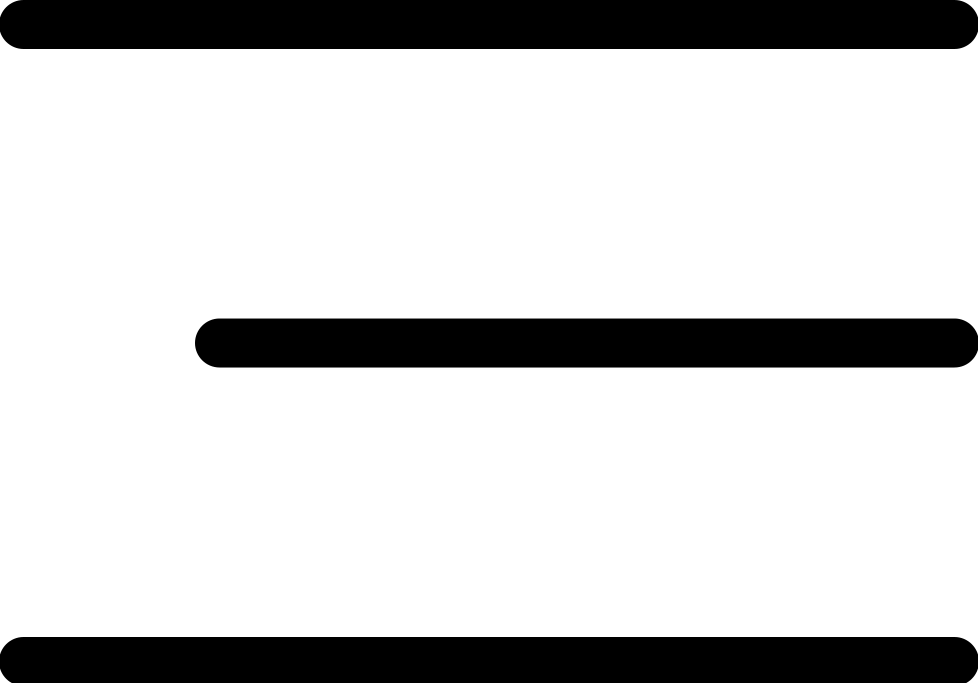PCB design and electronics circuit form the foundation for all types of electronic products. PCBs are derived from analog and digital circuits and are tailored to suit specific applications. Printed circuit boards are integral to the world of electronics, being present in every electronic product, from consumer gadgets like computers, smartphones, and gaming consoles to industrial and high-tech products.
The course content for PCB design includes the following key aspects:
Schematic Design
- Fundamental electronics theory.
- Basics of circuit design.
- Preparation of schematic designs.
- Editing and creation of schematic parts.
- Creation of net lists and net classes.
- Generation of bill of materials (BOM).
- Electrical rule checking.
Footprint and Board Design Services
- Creation of through hole footprints
- Development of surface mount device footprints
- Generation of BGA/PGA footprints
PCB Design Services
- Designing board size and shape
- Placing components on the board
- Routing PCBs
- Establishing planes
- Checking design rules
- Generating Gerber files
Upon completing the course, you will gain expertise in the following skills:
- Proficiency in Basic Electronics and Electronic Components
- Designing of Circuits, particularly in Power Management
- Utilization of Circuit Simulation for a thorough understanding of the subject
- Mastery of Tools and Software relevant to the field
- Practice in Basic Design Module
- Practice in Advanced Design Module
- Expertise in Design, including Execution of Assignments involving single and double-sided PCBs, and Execution of Assignments involving 2-Layer Designs
- Library Module Proficiency, encompassing Symbol and Footprint Design for various package types, and Techniques for High-Speed Placements and Routing
- Expertise in Design for Manufacturing, Testing, and Fabrication
- Proficiency in Gerber Generation and Editing
Advantages of Enrolling in a PCB Design Course
- Proficiency in fundamental electronics.
- Ability to design circuits.
- Competence in circuit analysis and ERC.
- Understanding of electronic components.
- Skill in designing power supplies.
- Proficiency in creating libraries.
- Expertise in multi-layer PCB design.
- Proficiency in Gerber creation and editing.
- Diploma in electronics.
- Bachelor in Engineering Electronics.
- Fresher or experience working in PCB design and fabrication.
- Beginner who is interested in electronics board and manufacturing unit.
- Very nice explanation. Love to learn from this course ~ Shivanarayan
- Well done. I was looking for this kind of course on PCB. Thank you Pradip ~ Christen
- Good teaching ~ Alstair
- Hello sir. I enrolled this course. I want to learn complete eagle course. This one I feel it's worth. Short and simple ~ Jewel
- Great explanation about the software and its functionality. Good job ~ Xavierzx
- Excellent teaching ~ Haris
- Basics of Electronics with respect to PCB Design. In brief you will learn about the active electronics components and passive electronics components & circuits.
- Work with Power Supply Circuit designing and circuit simulation. Waveform analysis and component behavior on various conditions. Application wise circuit design.
- Schematic Creation using Eagle CAD PCB design tool. Initially you will learn about the how to make proper electronics symbols in library of Eagle CAD PCB Design.
- Multi-sheet schematic creation using off page connections and bus connection application. Will learn about the Design Rule Check (DRC) specifically ERC and DRC.
- Footprint or 2D Layout of the SMD, PTH and BGA components with wide variety of interface connectors. Learn about Bill of Material (BOM) & Component datasheets.
- Switching from schematic to PCB Board design. Creating the different types of board shapes and size. Import footprints into board design. Setting Layer stalkup.
- Component placement on Top side of the PCB and Bottom side of the PCB. 2-Layer Routing practice. Setting up the Gerber layers for Manufacturing the designed PCB.
- Yes, Basic Electronics knowledge is essential.
- Electronics component knowledge is an added advantage.
- Required eligibility is BSc (Electronics), Diploma (Electronics or Electrical). BE (Electronics or Electrical).
- Any Master degree in Electronics and Electrical.






 Full lifetime access
Full lifetime access  Access on laptop,
tablet and mobile devices
Access on laptop,
tablet and mobile devices  Certificate of
completion
Certificate of
completion 

